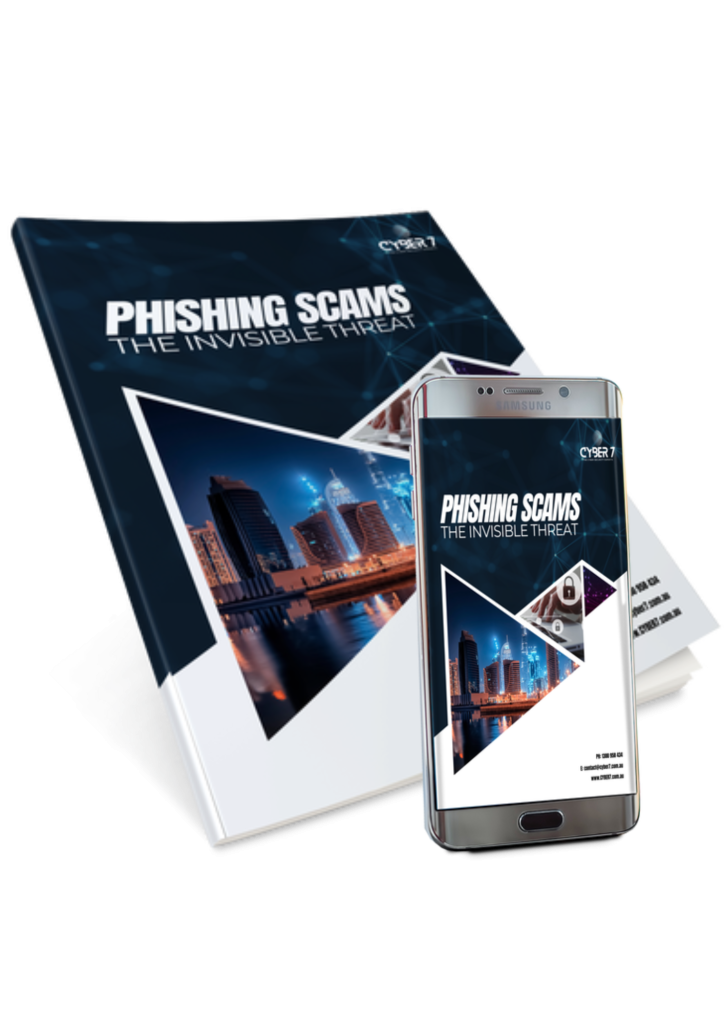Phishing scams are highly sophisticated, malicious attempts to deceive individuals into disclosing sensitive information, such as passwords, financial data, or access credentials. These scams often masquerade as legitimate emails from trusted sources, duping recipients into unwittingly surrendering their confidential information.
With a ransomware or phishing attack now estimated to happen every 11 seconds , it’s crucial to understand that these scams are not isolated incidents; they are strategic, coordinated attacks that threaten the very core of your corporation.
Understanding The Risk: Why Phishing Scams Are So Dangerous
Corporate Espionage
Phishing scams are a favoured tool of cybercriminals aiming to infiltrate your corporation's sensitive data, intellectual property, and trade secrets.
Data Breaches
Falling prey to phishing scams can lead to severe data breaches, exposing customer information, financial records, and proprietary information.
Financial Losses
These scams can result in substantial financial losses, as attackers exploit compromised credentials to siphon funds or make unauthorised transactions.
Reputational Damage
A successful phishing attack not only impacts your corporation's financial standing but also erodes its reputation, eradicating trust among stakeholders.
Actionable Strategies For Mitigation: Empowering Your Defence
Educate and Train Your Workforce:
Education works! Studies have shown that 84% of US organisations effectively reduced phishing by introducing regular security training. By incorporating robust, ongoing cybersecurity training for your employees, you can equip them to recognize phishing attempts and provide clear guidelines for reporting suspicious emails.
Implement Multi-Factor Authentication (MFA):
Enforce MFA across all systems to prevent unauthorized access, even if login credentials are compromised.
Verify Email Sources:
Train your team to scrutinize email sources vigilantly. Always verify before clicking on links or downloading attachments.
Use Advanced Email Filtering Solutions:
Invest in cutting-edge email filtering solutions that identify and divert phishing emails before they reach your employees' inboxes. Disable staff access to their personal email on work devices. Email such as Gmail, Hotmail and outlook carry higher risks into the workplace.
Regularly Update Security Patches:
Keep software and systems up to date. While it sounds obvious, it's amazing how often this doesn't happen when it should! Unpatched vulnerabilities can be exploited by attackers for phishing campaigns.
Simulated Phishing Campaigns:
Conduct regular simulated phishing campaigns to test your team's vigilance and awareness. Use the results to enhance training.
Implement Robust Email Authentication Protocols:
Employ DMARC, SPF, and DKIM protocols to ensure email authenticity, preventing attackers from impersonating your domain.
Create a Robust Incident Response Plan:
Develop a well-defined incident response plan that includes swift actions to isolate, mitigate, and recover from phishing-related incidents. Utilise our Cyber 7 Incident Response Playbook on Phishing Scams for a thorough step by step plan.
Regularly Back Up Critical Data:
Implement a comprehensive data backup strategy to mitigate the impact of data loss caused by successful phishing attacks. Ensure the backups are both encrypted and offline.
Checklist For Immediate Action
Initiate comprehensive cybersecurity training for your team.
Implement multi-factor authentication across all systems.
Educate employees to verify email sources.
Invest in advanced email filtering solutions.
Regularly update security patches on software and systems.
Conduct simulated phishing campaigns for training.
Enforce email authentication protocols (DMARC, SPF, DKIM).
Develop a robust incident response plan.
Implement a regular data backup strategy.
Staying Vigilant Is Essential For Effective Mitigation
Phishing scams present a very real and evolving threat. Building your organisation’s defences against this costly digital risk starts from the leadership down and involves the entire team. We encourage you to implement the strategies outlined above to reduce immediate risks whilst cultivating a culture of cybersecurity vigilance throughout your company.
Remember, the cost of prevention is far less than the cost of reputational damage and ransom demands to your corporation.








